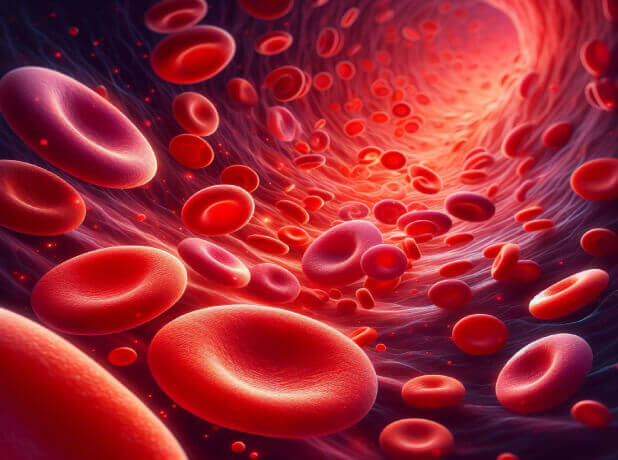
Abstract
Pumping blood through an extracorporeal membrane oxygenation (ECMO) circuit in critically ill patients inevitably leads to a pathophysiological response characterized by platelet and procoagulant activation, fibrin deposition, and immunomodulation.1 This response is so complex and heterogeneous that it remains incompletely understood even after decades of research. Activation of the coagulation cascade, platelets, and immune system promotes thrombus formation in the circuit, which can impede the functioning of ECMO or embolize into the patient. To mitigate these risks, anticoagulants are typically administered but this increases the risk of bleeding.2 ECMO has been used in clinical medicine for over 50 years and, as it has been applied to ever widening patient populations in different settings, a range of different practices has arisen in anticoagulant administration, monitoring assays, therapeutic targets, circuit coatings, pump flow characteristics, and clinical management strategies, making it nigh-impossible to currently assess the safest way of conducting ECMO. There is even a considerable lack of standardization in the way that studies report on these issues.3
In this issue of the Journal, Feng et al.4 attempted to answer the question of whether it is better to titrate unfractionated heparin (UFH) to activated partial thromboplastin time (APTT) or to an anti-Factor Xa assay (anti-Xa). They conducted a single centre study of adult ECMO patients admitted to a quaternary cardiothoracic intensive care unit for cardiogenic shock. It was a before-and-after study involving 102 patients, initially titrating UFH to APTT in all patients, then later shifting their institutional practice to monitoring with anti-Xa. They found no significant differences in survival to hospital discharge, bleeding, or thrombotic complications.
We use cookies to provide you with the best possible user experience. By continuing to use our site, you agree to their use. Learn more
